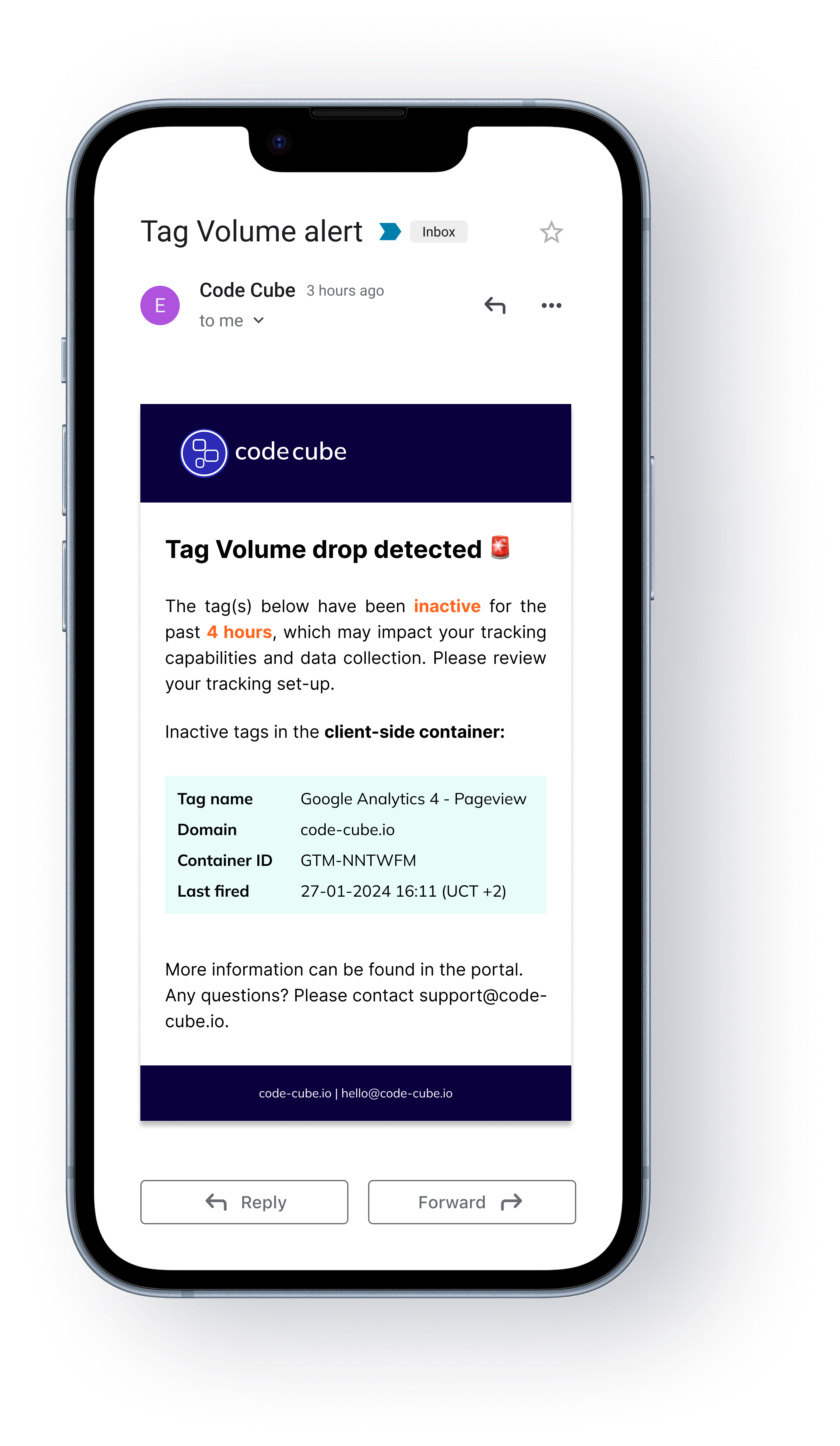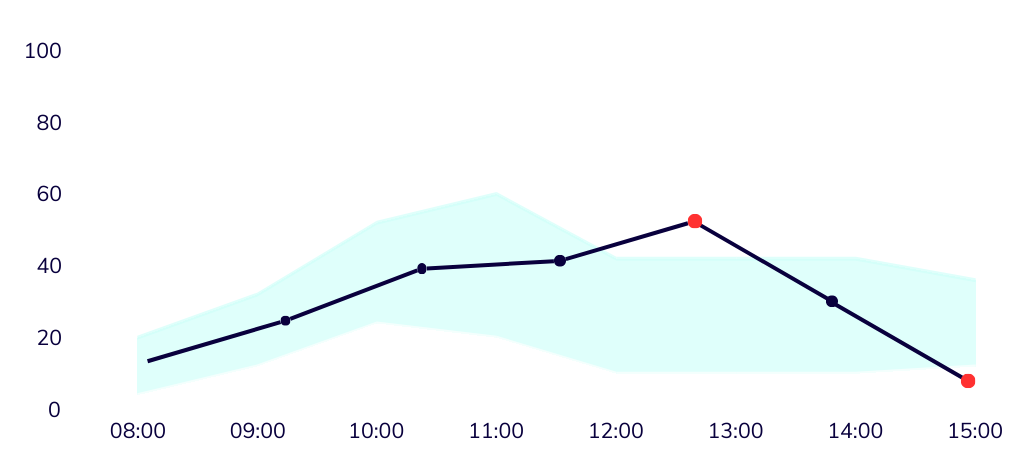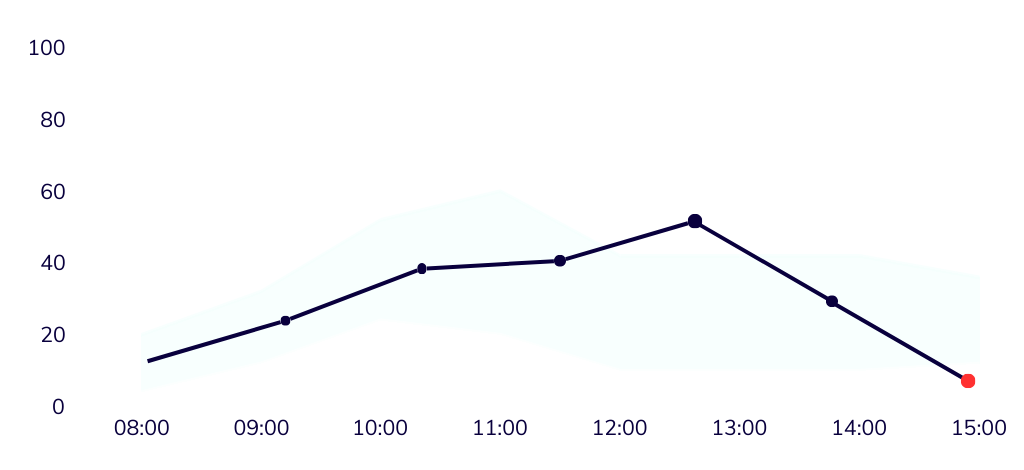For your marketing efforts, data is the engine that drives everything. To make the best strategic decisions about campaigns, budgets, and strategy, and to determine what is- and is not working, it should be your priority to have enough data points.
A very common pitfall with huge implications, occurs when a tag suddenly stops collecting data without anyone in your organization noticing. From experience we know that most organizations are unaware how frequent tag errors occur.
When data collection goes silent
When tags aren’t firing consistently, your important business decisions are based on just a small portion of actual user data. Almost every organization, probably also yours, has experienced problems like these:
- Profitable campaigns appear unsuccessful because conversion tracking only records a small percentage of sales.
- Large amounts are spent on advertisements, but tags quietly miss half of conversions.
- Entire customer segments are removed from analytics after tags for specific user groups stopped functioning.

The most dangerous aspect is the deafening silence. Tags might fire at a fraction of their normal volume, yet dashboards and monitoring tools make it look like everything’s fine.
Your dashboard doesn’t flash red warnings or reports don’t alert you about missing data. Without realizing, you and your team start making decisions based on information that is fast becoming less trustworthy.
The growing complexity of tag management
Tracking is more unreliable than ever. Browser updates, developer changes, cookie settings, and speed optimizations can all cause tags breaking without warning. One failure can trigger others, quietly disrupting data collection.
Even small site speed improvements to your website can unintentionally cut tags short, while cookie consent rules how data is gathered. The real danger? Hidden dependencies. One tagging error can lead to multiple errors due to complex dependencies and set-ups.
The real cost of tag volume drops
Tags not firing properly has far-reaching consequences, such as:
- Bad decisions: Teams make choices about for example budgets and optimizations based on incomplete data.
- Wasted spending: Money flows to channels that only appear to be more effective because their tracking works well.
- Lost revenue: Less money is invested in channels that appear not to be effective, but in reality are effective.
- Loss of trust in data: Teams return to gut feelings after seeing too many unexplained data fluctuations.
Tag volumes silently dropping, leads to wasted resources, missed opportunities, and damaged credibility. Instead of discovering data collection problems during monthly reporting cycles (when it’s far too late) there is a simple, effective and affordable solution.
Introducing Tag Volume monitoring
Code Cube’s Tag Monitor offers you a functionality designed for Tag Volume monitoring which guarantees your data collection volume is on par with the actual numbers and behaviour of your visitors. In case any tag begins underperforming, you will be alerted within minutes.
How Tag Monitor protects your data volumes:
- The system automatically learns the daily and weekly patterns in your tag firing volumes and alerts you to anomalies.
- You will be notified via email, Slack, WhatsApp or Teams immediately when tag volumes drop below expected thresholds.
- You will be able to see tag firing frequency over time in the Tag Monitor dashboard to spot gradual decreasing data before it becomes a problem.
With Tag Monitor, you transform those gut feelings about declining data quality into concrete volume alerts – so you always know your tags are firing at the expected frequency and your marketing decisions are based on complete information.

Take control of your tag volumes
The most successful digital marketers don’t just analyze data – they verify its collection volume and consistency. Code Cube’s Tag Monitor gives you confidence that you’re capturing the expected volume of interactions, not just a fraction of what should be tracked.
Start monitoring your tag firing frequency today and ensure every marketing decision is based on complete data collection.
At Code Cube, we build data monitoring tools that protect marketing teams from errors or data loss in there web-analytics or marketing systems. Our Tag Monitor, ensures your analytics and tracking systems capture every interaction at the expected volume, giving you complete confidence in your marketing data.







